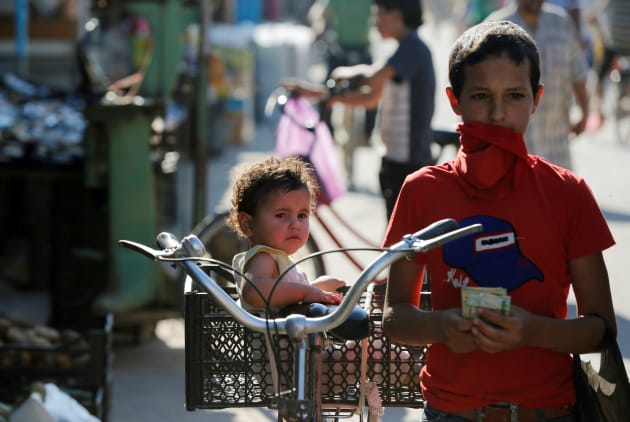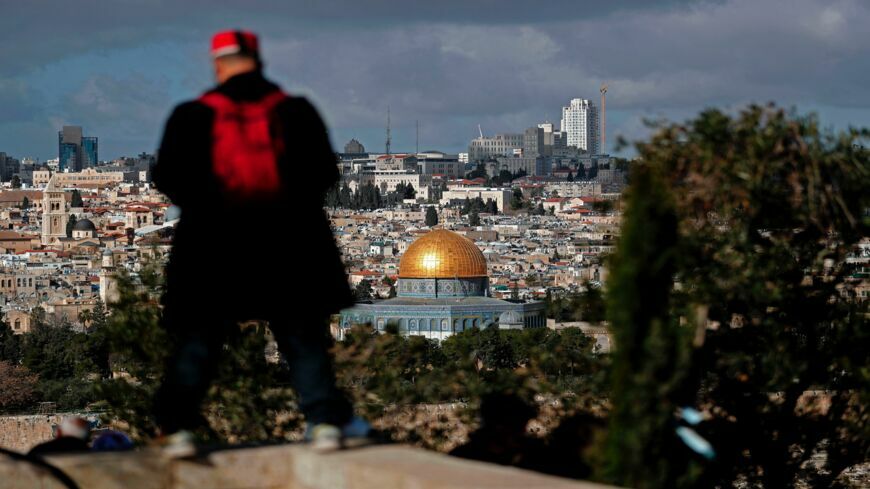
Toby Fricker is a communication specialist for UNICEF, and in this op-ed for the Huffington Post, offers first-hand insight on growing up as a Syrian child in a refugee camp such as the Za’atari refugee camp in Jordan which houses 80,000 displaced Syrians, more than half of which are children.
“I was a little girl when I came from Syria, I was 11 years old and just thinking about toys; now I have grown up,” says Omaima, a 16-year-old who now lives in Za’atari with her family. “I used to think that when I got to the camp it would be like a picnic, like a garden to play with my friends. Then I was shocked, the scenery was intimidating. But school existed, so I was happy. I could register and go back to school.”
Fricker writes about the first years relocating to a refugee camp. Therapists label it “hyperarousal — a population living in a state of increased psychological tension. The fight or flight syndrome, adopted to survive and flee from the violence, just 12 kilometres away across Jordan’s northern border.” Omaima’s father, Thaer concurs, explaining: “People at the beginning were in big shock. With death and destruction printed in their memories, even if it’s safe they will never forget those images.” But recently, he says, things have changed for the better. “Teachers [now have a] better understand of the suffering of children. The schools have libraries and computer labs.”
Za’atari is now going on six years and the once temporary displacement center is upgrading for the future. Infrastructure has evolved – from tented homes and schools to fixed structures, and there is currently work on a water and wastewater system. Importantly, school enrollment rates have risen with nearly 21,000 out of the camp’s 27,000 children of school-going-age attending. Among classes now offered at the camp are: vocational training, social innovation initiatives, computer skills and sports activities.



